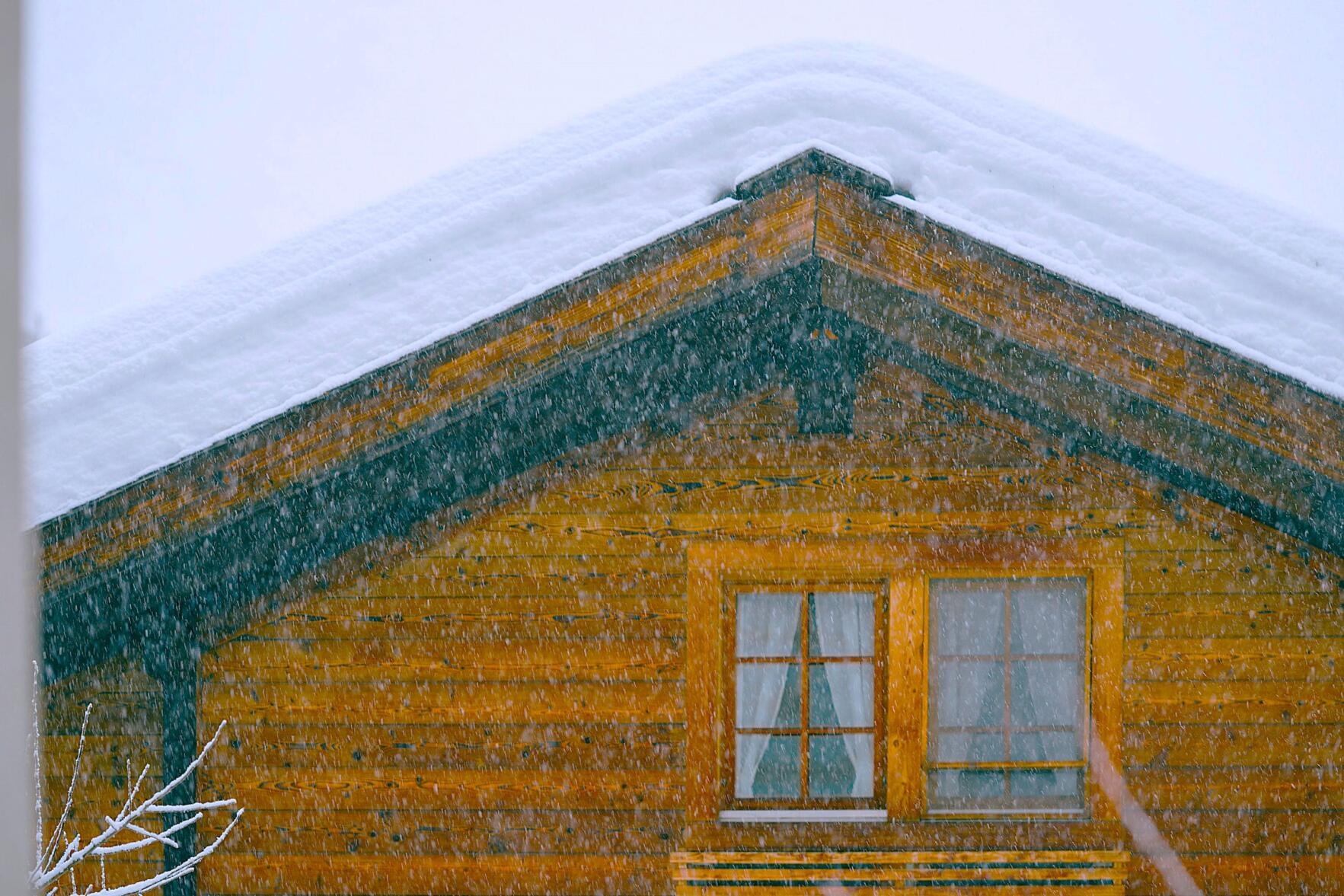If you’ve experienced winter here in Lake Orion, chances are you’ve seen a few icicles hanging from the roofs of buildings. While it can be a stunning sight, it can also be a warning sign. When water freezes along the edge of your roof, this could mean you have ice dams. Ice dams happen when snow or water is trapped on your roof and freezes, blocking any further water from dripping off properly. This could lead to shingle damage, dislodged gutters, and leaks into your home. Fortunately, there are ways to prevent ice dams from wreaking havoc on your roof!
How to Prevent Ice Dams
Ice dams are more serious than they appear, but there are many ways to prevent them. One way that we mention pretty often is to keep your gutters clean. When debris builds up in your gutter system, water can’t drain from your roof properly. This is a problem in any temperature, as water pooling on your roof can lead to serious damage throughout your home. For winter temperatures, specifically, this allows water to not only pool and freeze on your roof but also within your drainage system. So, the easiest way to avoid these problems would be to make sure that your gutters are clean year-round.
Another way you could help your roof in the winter is to keep snow from piling up. As snow accumulates, melts, and freezes up again, this could mean that ice is getting trapped under your shingles without you realizing it. Your roof can handle a certain snow load as it is, but it wouldn’t hurt to relieve some of that excess weight either. There are snow removal tools called roof rakes that allow you to rake snow from your roof while standing securely on the ground. If you decide to do this on your own, be cautious of the falling snow.
Finally, the health of your roof could also determine whether or not ice dams will be a problem. If your attic is properly insulated, it’s less likely that heat will seep out and cause the layer of snow closest to your roof to melt and refreeze. It’s also important to have your roof inspected to make sure that your flashing is secure and that there aren’t any points of entry where there shouldn’t be. Many homeowners also have heated cables installed on the edge of their roof before freezing weather to ensure that ice never has an opportunity to collect there.
Removing Ice Dams Once They Have Formed
If you already have ice dams, how do you get rid of them? There are a few ways to safely remove the ice without damaging your roof in the process. Rather than waiting for warm weather to melt the ice for you, you may be tempted to hammer and break it off yourself. This is not recommended, as it could damage your roof further. The same is true for adding salt to the ice. An effective method would be to use a roof rake, like we mentioned earlier. Pulling the excess snow from your roof may help the ice underneath melt and drain away quicker.
A method that sounds a bit odd but may also be helpful involves pantyhose and a calcium chloride ice melter! In a This Old House article, they recommend filling a discarded pair of pantyhose with calcium chloride and placing it on the roof across the ice dam so that it overhangs the gutter. Not only does this melt the ice and snow, but it also clears a path for the water to drain properly.
As always, we recommend having a licensed roofing professional take care of your roofing needs. If you need assistance with ice dams or any other roofing concerns, please give us a call at (248) 393-0055 as soon as possible. You can also visit the Lake Orion Roofing website and get a free quote!
Sources:
https://www.michigan.gov/miready/be-informed/winter-prep/preventing-roof-ice-dams
https://www.thisoldhouse.com/roofing/21017660/how-to-get-rid-of-ice-dams












